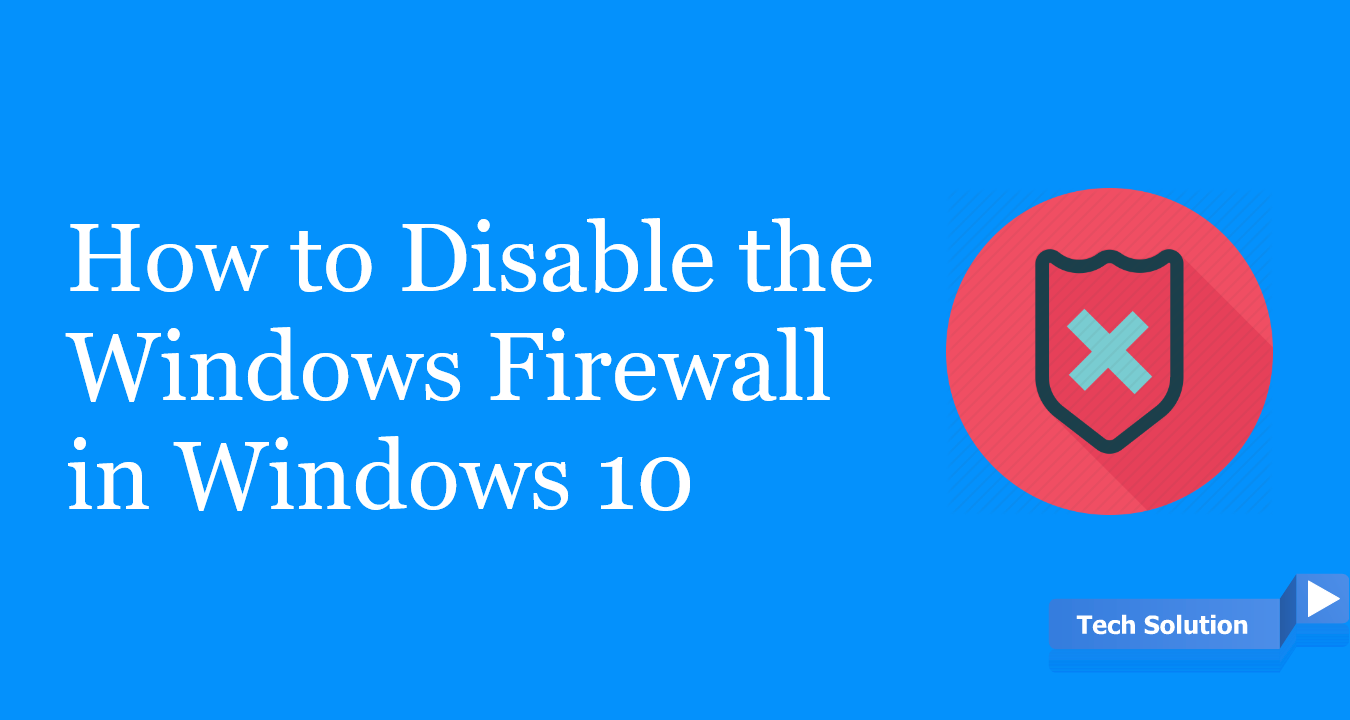

Windows Remote Desktop is a feature that allows users to access a computer remotely from a different location. Top Ways to Disable Remote Desktop on Windows PC.Still, you need to be on the lookout for external storage like USB flash drives. If you don’t need to connect to the web and use your device for strictly offline work, going antivirus-free is an okay option for you, allowing you to optimize and use your device to the fullest. That might even mean phoning up a contact and checking they've sent you an attachment. Without antivirus to scan incoming files, stick to only downloading files from sources you trust. Only Download Trusted Filesĭownloading pirated software, untrusted files, and unsolicited email attachments is a sure-fire way to infect your device with viruses, spyware, and malware.

Or just check the URL: if it says HTTPS not HTTP, it has an SSL certificate. Limit your browsing to websites with a good reputation and have valid SSL certificates, which you can automatically check for using extensions like HTTPS Everywhere on Chrome and Firefox. Malware and viruses lurk on suspicious websites. But, whether you've got another security system or not, there a few measures you could take to ensure your security. You definitely shouldn’t stay without antivirus software, especially if you regularly connect to the internet or use external storage. Your decision doesn't have to be permanent but can change according to your situation and needs. Nonetheless, you can still disable Windows Defender on Windows 10 if you find that it does more harm than good.

It removed users' ability to permanently disable it by altering a registry key called “DisableAntiSpyware.” And while Microsoft claims that this decision was to promote the safety and security for all users, some found the decision bothersome. Microsoft has made it more challenging to turn off Windows Defender. Make sure you have another security suite set up-and of course the onus is still on you to practice sensible safety precautions. The problem arises when you disable it without providing a replacement. On its own, it is entirely safe to disable Windows Defender. As antivirus software, Windows Defender is the first line of defense between you and any malicious software you might stumble upon while browsing the internet or using external storage.ĭisabling it without proper consideration could be detrimental to your security.


 0 kommentar(er)
0 kommentar(er)
